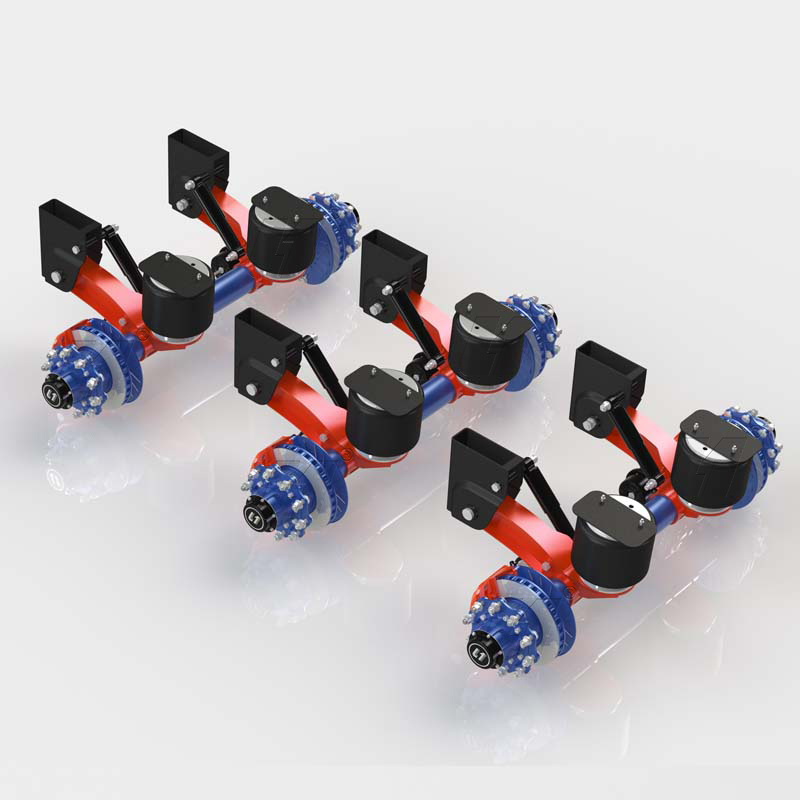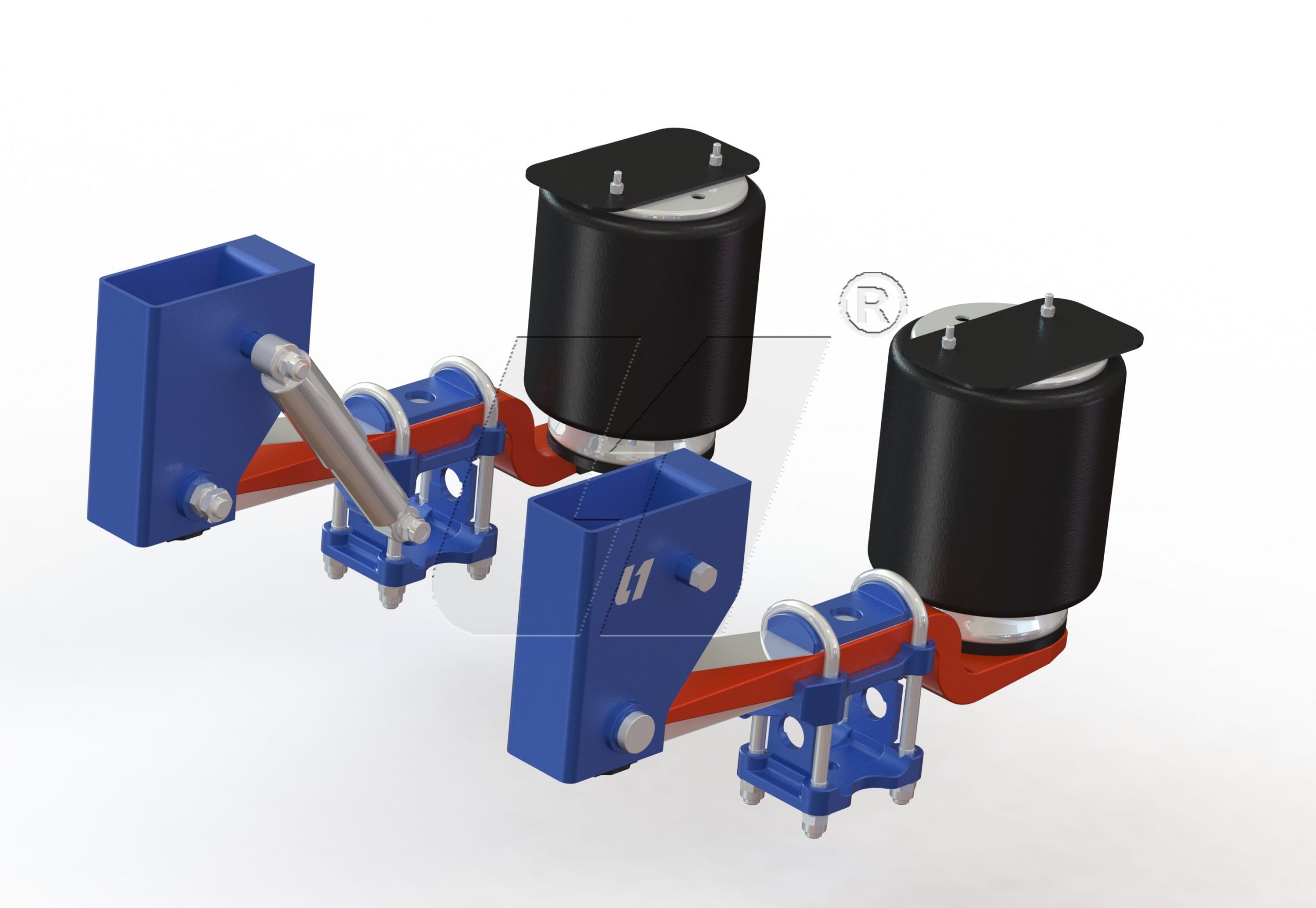What Is Air Suspension and How Does It Work?
Air suspension is a type of vehicle suspension powered by an electric or engine-driven air pump or compressor. This compressor pumps the air into flexible bellows made from reinforced rubber. Unlike traditional steel spring suspensions, which rely on coiled metal springs, air suspensions use these air bellows, often referred to as air springs, to support the vehicle and absorb shocks from the road.

How does Air Suspension Works?
Components of Air Suspension
Air Springs (Bellows): These are the central components, replacing traditional steel springs. They are made of reinforced rubber and contain pressurized air, providing a cushion that absorbs road shocks.
Air Compressor/Pump: This device generates compressed air and supplies it to the air springs. It can be either electric or engine-driven.
Air Reservoir: This tank stores compressed air generated by the compressor, ensuring that air is readily available when needed.
Solenoid Valves: These valves control the flow of air into and out of the air springs, adjusting the ride height and firmness of the suspension.
Height Sensors: These sensors monitor the vehicle’s height and provide data to the suspension control module, ensuring the vehicle maintains the desired ride height.
Control Module: This is the brain of the air suspension system, processing input from the height sensors and adjusting the solenoid valves accordingly to maintain optimal ride height and comfort.
Air Lines: Tubes that transport compressed air from the compressor to the air springs.

Operating Principles of Air Suspension
Initial Setup: When the vehicle is started, the air compressor activates and pressurizes the air reservoir. The control module then uses height sensors to assess the vehicle’s current stance.
Adjusting Ride Height: If the sensors detect that the vehicle is too low or too high, the control module opens the solenoid valves to either inflate or deflate the air springs. Adding air raises the vehicle, while releasing air lowers it.
Maintaining Ride Comfort: As the vehicle encounters different road conditions, the air suspension system continuously adjusts the air pressure within the springs to provide a smooth ride. This dynamic adjustment helps absorb shocks and maintain stability.
Load-Leveling: Air suspension systems often feature load-leveling capabilities. When additional weight is added to the vehicle, such as passengers or cargo, the system detects the change in height and increases air pressure in the springs to compensate, keeping the vehicle level.
ADVANTAGES OF AIR SUSPENSION
Ride Comfort: Air suspensions provide superior comfort compared to traditional spring suspensions. The ability to adjust the firmness and height ensures a smoother ride over various terrains.
Load Handling: The load-leveling feature maintains vehicle stability and ride quality regardless of the weight carried, making it ideal for vehicles that frequently carry varying loads.
Adjustable Ride Height: Drivers can adjust the ride height to suit different driving conditions. Lowering the vehicle at high speeds can improve aerodynamics, while raising it can enhance ground clearance on rough terrains.
Reduced Wear: By providing a more controlled and cushioned ride, air suspensions can reduce wear and tear on other vehicle components, potentially extending their lifespan.
Applications of Air Suspension
Luxury Vehicles: Many high-end cars use air suspension for the enhanced comfort and adjustable ride quality it provides.
Commercial Vehicles: Trucks and buses often utilize air suspension systems to handle heavy loads and improve passenger comfort.
Off-Road Vehicles: Air suspensions allow these vehicles to adapt to varied terrains, providing better ground clearance and comfort.
Performance Cars: Sports cars use air suspension to dynamically adjust ride height and stiffness for improved handling and performance.
CONCLUSION
Air suspension represents a significant advancement in vehicle suspension technology, offering a blend of comfort, adaptability, and performance. By utilizing compressed air within flexible bellows, these systems provide a level of ride quality and versatility unattainable with traditional steel spring suspensions. Whether for luxury, commercial, off-road, or performance applications, air suspension systems enhance the driving experience by dynamically adapting to various conditions and loads.
No matter which solution you’re partial to, Yonglitai Suspensions will ensure you have the perfect truck or trailer suspension solution for your needs! That’s what sets us apart; We listen to your needs, and then engineer the proper suspension around those needs.


